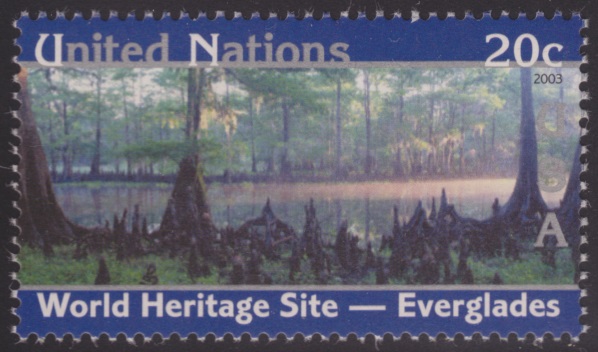Everglades
Florida, USA
When you hear the term “Everglades,” you may think specifically of Everglades National Park. In reality, however, the Everglades ecosystem encompasses nearly 2 million acres of Florida including land nearly as far north as Orlando, only about 20% of which lies within the park’s boundaries.1 2
Indigenous people referred to the Everglades as “Pahayokee,” meaning “grassy waters,” and writer Marjory Douglas called the system “a river of grass.”3 4 Both are apt descriptions for the Everglades, which gets its water from Lake Okechobee before flowing sluggishly over land that declines toward sea level at a rate of as little as two inches per mile.5 The slow-moving water nourishes the largest stands of sawgrass and mangroves in North America.6
In addition to its lush plant life, the Everglades boast hundreds of different species of birds; manatees and dolphins; alligators, crocodiles, and snakes; and several dozen Florida panthers, the last remaining in the wild. This wealth of flora and fauna led Congress to pass legislation in 1934 authorizing the creation of a national park in southern Florida; Everglades National Park was not actually established until 1947, but it is now recognized as a World Heritage Site.

References
- Everglades. National Wildlife Federation. Accessed 24 Jan. 2014.
- Nature & Science. National Park Service. 6 Jan. 2014. Accessed 24 Jan. 2014.
- Quick Facts. Everglades Foundation. Accessed 24 Jan. 2014.
- Everglades National Park. PBS. Accessed 24 Jan. 2014.
- Water Flow and Seasonality. Friends of the Everglades. Accessed 24 Jan. 2014.
- Everglades National Park. UNESCO World Heritage Convention. Accessed 24 Jan. 2014.
Published 2018-06-18